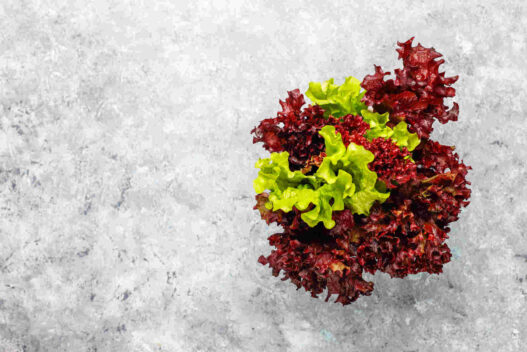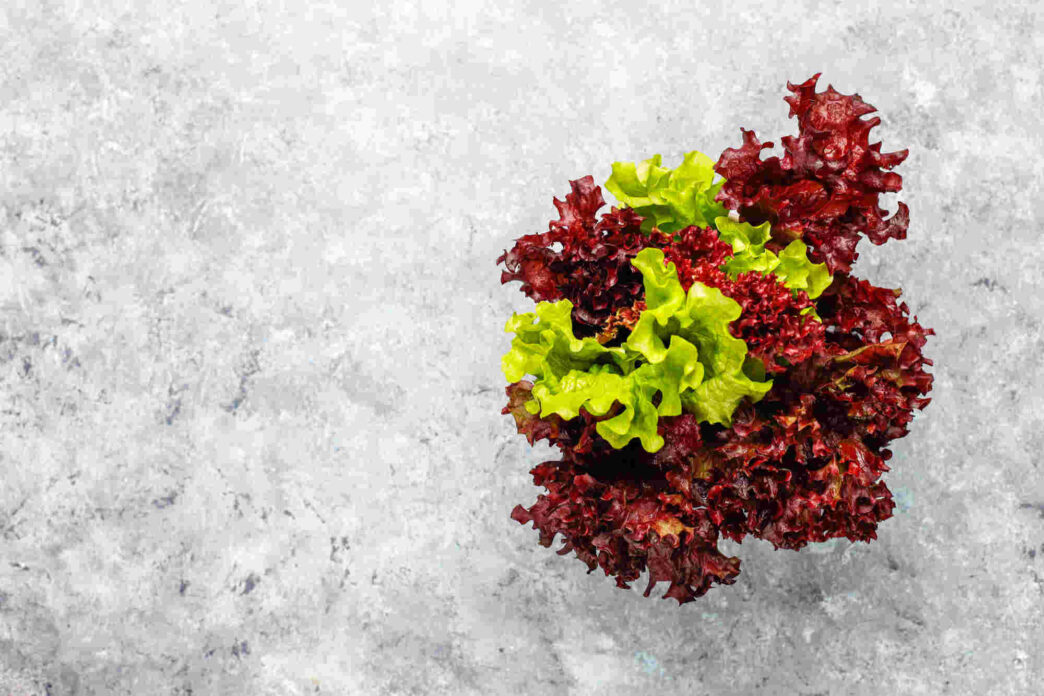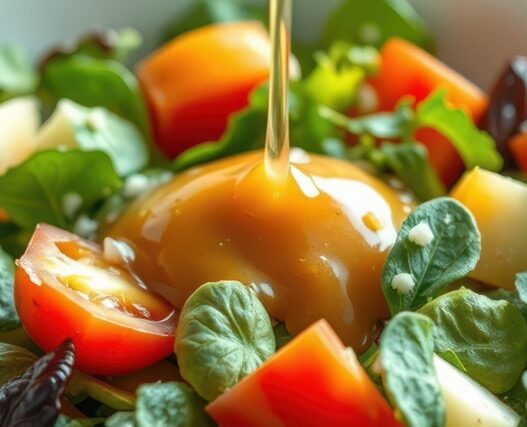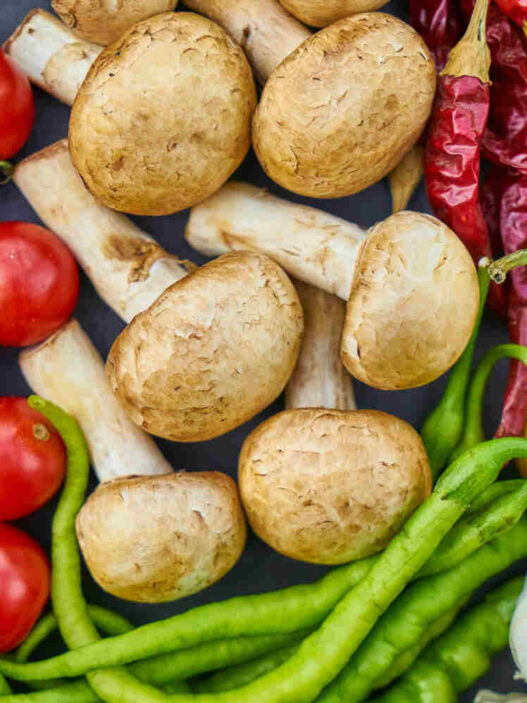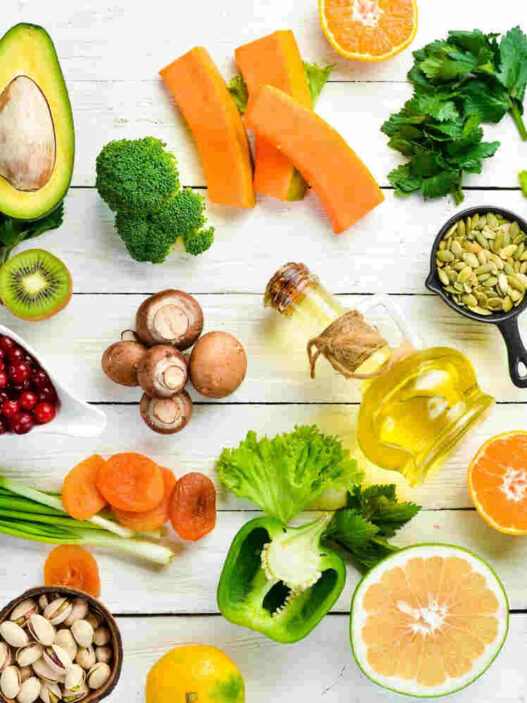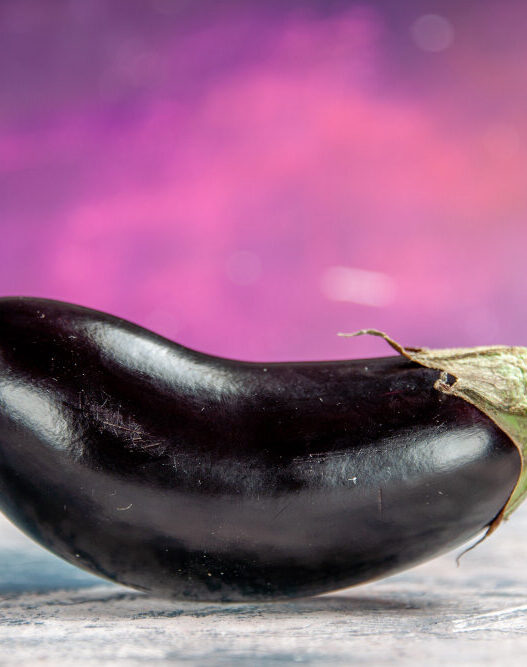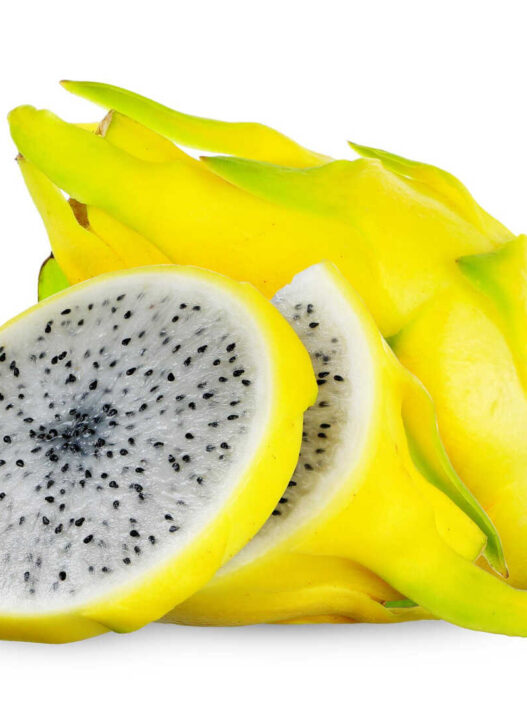Take a trip with us as we discover the beauty, distinctive qualities, and delectable flavors of Lolla Rossa and Oak Leaf Lettuce, the red-leaf and green-leaf loose leaf lettuce varieties that are revolutionizing salad experiences throughout the globe. Lolla Rossa and Oak Leaf lettuce varieties are the real treasures in the world of leafy greens, where health and beauty collide. In addition to improving the plate’s aesthetic appeal, these two types of loose leaf lettuce – red oak leaf and green oak leaf – loose leaf lettuce – offer exceptional flavors and a powerful nutritional boost.
Loose leaf lettuce, also known as cut-and-come-again lettuce, means that one can harvest the outer leaves and the plant will continue to grow more leaves. It is a type of lettuce that does not form a tight head. Instead, it has loose leaves that can be harvested individually as they mature. Some popular varieties of loose leaf lettuce include oak leaf lettuce (includes both red oak leaf and green oak leaf lettuce) and Lolla rosa, which are covered below (1).
Loose Leaf Lettuce: Features
Shape and Texture
Loose leaf lettuce is known for its mild flavor and smooth texture and is often used in salads or sandwiches. They form no heads but have many leaves in the center.
Color
Leaves are shorter, softer, and may be curled. They can be green, red, and oak, hence called green oak leaf lettuce or red oak leaf lettuce or simply oak leaf lettuce. Color ranges from green to yellowish green and few have red shade. Anthocyanins may be responsible for the red color (2).
Loose Leaf Lettuce Nutrition
Nutrition-wise, loose leaf lettuce is one of the highly nutritious lettuce as it is full of vitamins, minerals, and iron.
Some of the bioactive constituents of loose leaf lettuce include (1):
Polyphenols, Flavonoids (Quercetin glycosides, Kaempferol glycosides), Flavones (Luteolin), Apigenin, Anthocyanins (Cyanidin), Carotenoid (Lutein, beta carotene), Sesquiterpene lactones (Lactucin, Lactucopicrin), the latter linked to the degree of bitterness.
Folate (Vitamin B9) – Looseleaf lettuce with green leaves have significantly higher folate levels as compared to the other varieties of lettuce such as butterhead lettuce and crisphead or iceberg lettuce.
Ascorbic acid (Vitamin C) – In a study, it was reported that the crisphead lettuce had the lowest vitamin C levels followed by butterhead. Looseleaf had higher vitamin C levels, but the Romaine type had the highest levels. Thus, it is a good source of vitamin C.
Tocopherol (Vitamin E) – A study compared the vitamin E levels of different types of lettuce. It was observed that looseleaf and romaine types had the highest levels of gamma and alpha tocopherols.
Vitamin K – Dietary phylloquinone is highest in looseleaf lettuce as compared to other varieties with green looseleaf lettuce having more amount as compared to red looseleaf lettuce.
Loose Leaf Lettuce vs Butterhead vs Crisphead vs Romaine: Nutrition-wise comparison
As we compare among the four main types of lettuce – Loose leaf, Butterhead, Crisphead, or Romaine types, loose Leaf lettuce varieties like oak leaf lettuce or lolla rossa lettuce, contain high levels of folate, α-tocopherol, and with moderate amounts of vitamin C and β-carotene. On the other hand, Romaine lettuce have the highest average values of γ-tocopherol and β-carotene. Butterhead lettuce is richest in vitamin C. In contrast, crisphead lettuce contains the lowest levels of these beneficial phytochemicals compared to all other types of lettuce (1).
Loose Leaf Lettuce Varieties – Oak Leaf Lettuce and Lolla Rossa
The common varieties of Loose Leaf lettuce are (1-2).
Oak Leaf Lettuce – Nature’s Work of Art
A botanical masterpiece is oak leaf lettuce. The reason we call it that is because the bright green color and serrated margins of this lettuce leaf mimic the delicate structure of an oak leaf. A botanical masterpiece, favorite among salad lovers, oak leaf lettuce has a mild, slightly bitter flavor and a soft texture in addition to its attractive appearance and frilly, oak-shaped leaves. It’s frequently added in sandwiches and salads. It belongs to the same family as other varieties of lettuce, Lactuca sativa.
Oak leaf lettuce has a mild, slightly bitter taste, with a texture that is delicate and crisp. The leaves are typically a pale green color, and they are frilly and slightly curly. The shape of the leaves resembles that of oak leaves, hence the name.
This type of lettuce is often used in salads, where it adds a mild flavor and a unique texture. Its frilly leaves make it a great garnish, and it can also be used as a bed for other dishes such as sandwiches, soups, or stews.
Further, oak leaf lettuce is a good source of Vitamin K, Vitamin A, and Vitamin C, and it also contains a variety of minerals, antioxidants, and other beneficial compounds that can support overall health. Owing to its nutritional profile, Oak Leaf Lettuce contributes to maintaining healthy skin and bones. Its high-water content also helps keep you hydrated, making it an excellent choice for those looking to combine flavor with nutrition.
It is generally available year-round, but it is at its peak during the spring and fall months. It is best stored in a plastic bag in the refrigerator and should be used within a few days of purchase to ensure that it stays fresh.
When purchasing Oak leaf lettuce, look for heads that are crisp and have deep-colored leaves. Avoid heads with wilted or yellowing leaves, as they are past their prime.
Lolla Rossa – Beauty with Nutrition
Lolla Rossa lettuce is a type of lettuce that is known for its unique, deep red, frilly leaves and its tender, sweet flavor. For those who believe that dining is an experience meant to engage all the senses, Lolla Rossa lettuce is a visual and culinary delight. Its frilly, burgundy leaves add drama and depth to any dish, making it a favorite among chefs and home cooks alike.
It is a popular choice for salads and can also be used as a garnish for various dishes. The leaves are typically a deep red color, which gives the lettuce its name (Lolla Rossa means “red curl” in Italian). The Lolla Rossa lettuce family includes the Lolla Rosa Verde and Lolla Bionda varieties. Lolla Rossa has a crisp, delicate texture and a slightly bitter, nutty flavor.
The leaves are curly and rosette-shaped and the color is pale green in the center and red-violet around the edges.
Lolla Rossa lettuce is known for its slightly peppery and bold flavor, which adds character to salads and sandwiches. The vibrant red color intensifies with maturity, providing a stunning contrast to other greens and ingredients on your plate.
Nutrition and Health Benefits of Lolla Rossa Lettuce
Lolla Rossa lettuce is an excellent source of antioxidants and is considered to have several times higher levels of antioxidants. It is a good source of vitamins A, C, and K, as well as potassium and iron. Lolla Rossa lettuce is mainly water with fewer calories.
It is considered to be a gourmet lettuce and is often used in salads, sandwiches, and as a garnish.
There are several health benefits of Lolla Rossa lettuce:
Eyesight
As it contains Vitamin A, it helps improve eyesight.
Anti-inflammatory
The anthocyanins present in the red leaf of Lolla Rossa have powerful anti-inflammatory properties.
Insomnia
Lactucarium, a white opium-like liquid, released from the leaves on cutting has sedative properties.
Antioxidant
Fight free radicals due to beta carotene and vitamin C present in it and also help prevent cancer. These antioxidants help contribute to a robust immune system.
Weight Loss
As it’s low in calories, it can be used if trying to lose weight.
Bone Health
Vitamin A helps in making strong bones.
Lettuce Varieties: Red vs Green Leaf Loose Lettuce
Red Leaf Lettuce
Red leaf lettuce is a type of lettuce that is known for its red or bronze-colored leaves and its mild, slightly bitter flavor. Like other types of lettuce, it is a member of the Lactuca sativa family. It is a variety of green leaf lettuce.
Red leaf lettuce, also known as lollo rosso or oak leaf lettuce, is a type of green leafy vegetable with reddish-purple leaves. It is an excellent source of vitamins A and C and antioxidants, and it is also low in calories.
It has a mild and slightly bitter taste, with a texture that is similar to green leaf lettuce. The leaves are typically a red or bronze color, and they are frilly and slightly curly.
Red leaf lettuce is often used in salads and sandwiches, where it adds a splash of color and a mild flavor. It can also be used as a garnish or as a base for other dishes such as soups or stews.
Further, Red leaf lettuce is a good source of Vitamin K, Vitamin A, and Vitamin C, and it also contains a variety of minerals, antioxidants, and other beneficial compounds that can support overall health.
This type of lettuce is generally available year-round, but it is at its peak during the spring and summer months. It is best stored in a plastic bag in the refrigerator and should be used within a few days of purchase to ensure that it stays fresh.
When purchasing red leaf lettuce, look for heads that are crisp and have deep-colored leaves. Avoid heads with wilted or yellowing leaves, as they are past their prime.
Red leaf lettuce variety has several health benefits including high vitamin K content, strong immune system, maintaining liver and kidney health, abundant antioxidants, keeping blood pressure in check, protecting neurons, and aid in weight loss.
Green Leaf Lettuce
Green leaf lettuce has a mild, slightly bitter taste and a texture that is similar to butterhead lettuce, its leaves are softer than romaine lettuce. The leaves are typically a green color, and they are frilly and slightly curly.
It is often used in salads and sandwiches, where it adds a mild flavor. It can also be used as a garnish or as a base for other dishes such as soups or stews. Its versatility makes it a popular choice in many kitchens.
Green leaf lettuce is a good source of Vitamin K, Vitamin A, and Vitamin C, and it also contains a variety of minerals, antioxidants, and other beneficial compounds that can support overall health.
It is generally available year-round, but it is at its peak during the spring and summer months. It is best stored in a plastic bag in the refrigerator and should be used within a few days of purchase to ensure that it stays fresh.
When purchasing green leaf lettuce, look for heads that are crisp and have deep-colored leaves. Avoid heads with wilted or yellowing leaves, as they are past their prime.
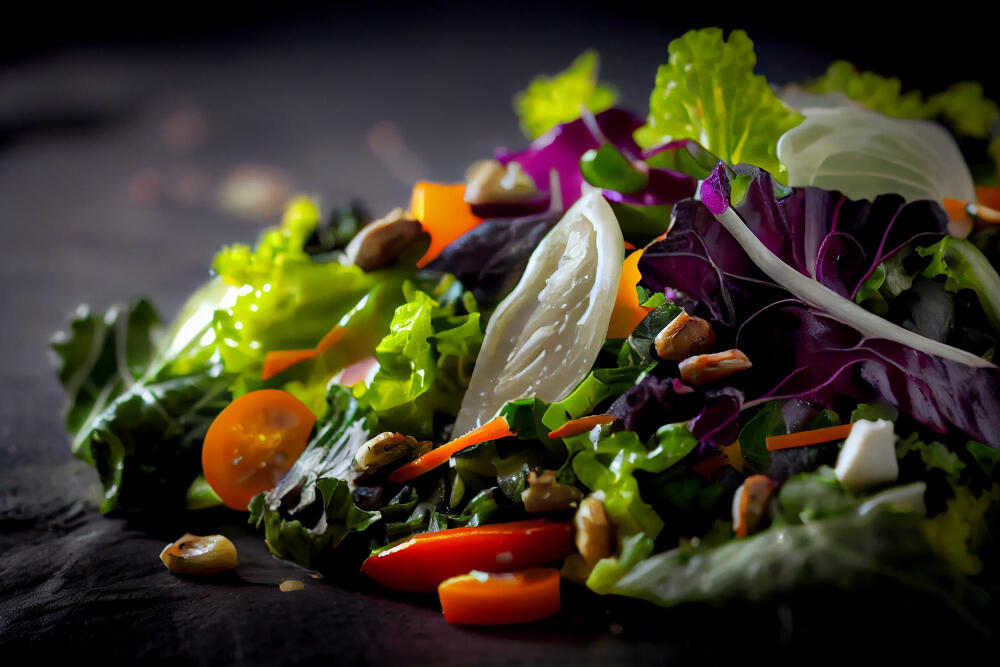
Pairing Perfection: Mixing the Red and Green Leaf Lettuce in Salad
Now, imagine a salad that combines the delicate beauty of Oakleaf Lettuce with the dramatic flair of Lolla Rossa. The result is not just a dish; it’s a masterpiece on a plate. The mild sweetness of Oak Leaf balances the boldness of Lolla Rossa, creating a symphony of flavors that dance on your palate.
Recipe Inspiration: Oak Leaf and Lolla Rossa Salad with Citrus Vinaigrette
Ingredients
Oak Leaf Lettuce leaves
Lolla Rossa leaves
Mixed citrus segments (oranges, grapefruits)
Toasted nuts (walnuts or almonds)
Feta cheese crumbles
Citrus vinaigrette dressing
Instructions
Wash and dry the Oak Leaf Lettuce and Lolla Rossa leaves.
Tear the leaves into bite-sized pieces and place them in a large bowl.
Add citrus segments, toasted nuts, and feta cheese crumbles.
Drizzle with citrus vinaigrette and toss gently to combine.
Serve immediately and enjoy a burst of freshness and flavors.
Conclusion
Oak Leaf Lettuce and Lolla Rossa, with their distinct characteristics features, flavours and looks, are indeed a culinary delight. If you’re a salad enthusiast or a chef experimenting in the kitchen, these loose-leaf lettuce varieties offer several possibilities. One must elevate their dining experience by embracing the beauty of Oak Leaf Lettuce and Lolla Rossa – a testament to the fact that a well-crafted salad is as much a feast for the eyes as it is for the taste buds. Above all, it is full of nutrition and health.
